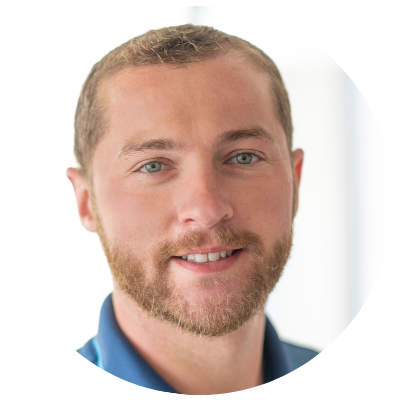The healthcare industry is undergoing a digital transformation, and web analytics is at the forefront of this change. By leveraging data-driven insights, healthcare organizations can optimize their online presence, improve patient experiences, and drive better business outcomes. In this post, we’ll explore some of the top web analytics trends shaping the future of healthcare, including the increasing importance of data privacy, the rise of AI-powered analytics, and the need for personalized patient experiences. Some of you might be aware of my 2024 healthcare trends blog post from last year, and yes, there are some similar (but updated) themes shared here! Without further ado, let’s dive in to the eight web analytics trends I anticipate seeing in the healthcare industry in 2025:
- Data Privacy and Security – Currently there’s some uncertainty about HIPAA’s reach in terms of regulating third-party online tracking technologies. Regardless of that outcome, protecting patient privacy is paramount when implementing web analytics and advertising platforms in the healthcare industry. Healthcare organizations must ensure that any data collected is handled securely and ethically. Compliance with data privacy regulations, such as HIPAA, is essential to avoid legal and reputational risks today and moving into the New Year. Therefore, transparent data practices, including clear consent mechanisms, are crucial to building trust with patients.
- AI and Machine Learning – AI and machine learning will continue to revolutionize web analytics in healthcare in 2025. By analyzing vast amounts of patient data, these technologies enable healthcare organizations to gain deeper insights into patient behavior, identify trends, and predict future outcomes. For instance, AI can be used to analyze patient interactions with healthcare websites and apps, identify areas for improvement, and to support a personalized user experience. Additionally, machine learning algorithms can be used to predict patient risk factors, optimize resource allocation, and improve treatment outcomes. If 2024 was the year of AI, 2025 will be the year you should embrace it, or else risk falling behind!
- Enhanced Patient Experience Analytics – Enhanced patient experience analytics are critical for healthcare organizations, and should be near the top of your 2025 planning priorities. By tracking and analyzing patient interactions across various channels, healthcare providers can gain valuable insights into patient satisfaction, loyalty, and preferences. This data-driven approach enables organizations to identify areas for improvement, optimize patient journeys, and ultimately deliver superior care. Examples include customized surveys, NPS, and social media monitoring.
- Integration with Electronic Health Records – Integrating web analytics and first-party data with your CRM can help provide a comprehensive view of patient interactions, allowing for better decision-making and personalized care. Personalization and patient-centric marketing using data analytics and AI should lead to personalized e-mail campaigns, targeted social media ads, and customized healthcare recommendations.
- Mobile-First Planning – We saw it in 2024, and there’s no reason to expect the trend to change in 2025. Put simply, more patients are using mobile devices to access healthcare info and services, so your healthcare organization needs to ensure your website, apps, and appointment scheduling are all optimized for mobile use. A mobile-friendly ecosystem means faster load times, easier navigation, responsive designs, and friendly user interfaces. Consider mobile options for telehealth and digital health services as well!
- Cloud Adoption and Data Migration – As cloud computing becomes more and more prevalent in 2025, healthcare organizations need to develop strategies for migrating their data to the cloud while ensuring compliance with privacy regulations. Common examples include implementing server-side tag management and embracing first-party data collection. Of course, any sort of cloud adoption or data migration requires careful planning and a thorough internal legal risk assessment!
- Omnichannel Marketing – So you plan on embracing AI in 2025. Fantastic! But traditional marketing continues to hold value. A thorough, integrated approach across multiple marketing channels ensures a consistent and seamless patient experience. Be sure to combine online and offline marketing efforts, such as e-mail campaigns, social media, direct mail, billboards, and even in-person events to reach patients wherever they are.
- Influencer Partnerships – Influencers do more than just record dance videos on TikTok! Collaborating with healthcare influencers in 2025 can amplify your reach and credibility. Influencers can help spread awareness about your services and share patient testimonials. Be sure to choose influencers who align with your brand values and have a genuine connection with their audience!
By embracing the latest healthcare trends, organizations can position themselves for success in 2025 and beyond. By leveraging advanced technologies, prioritizing patient experience, and focusing on data-driven decision-making, healthcare providers can deliver superior care, improve operational efficiency, and achieve sustainable growth—all in a compliant manner!


